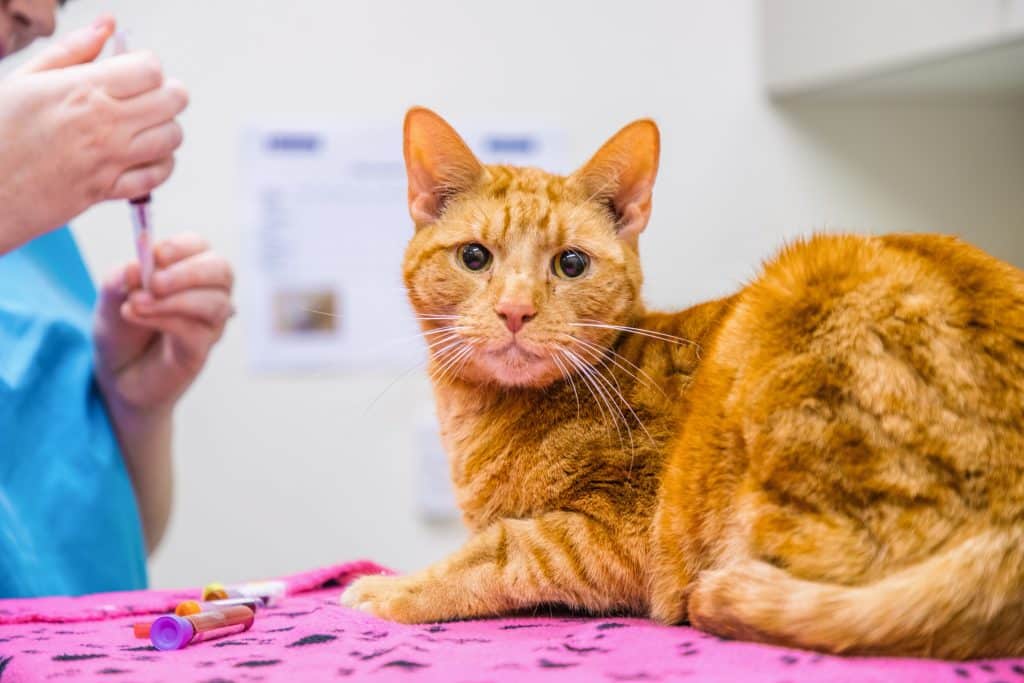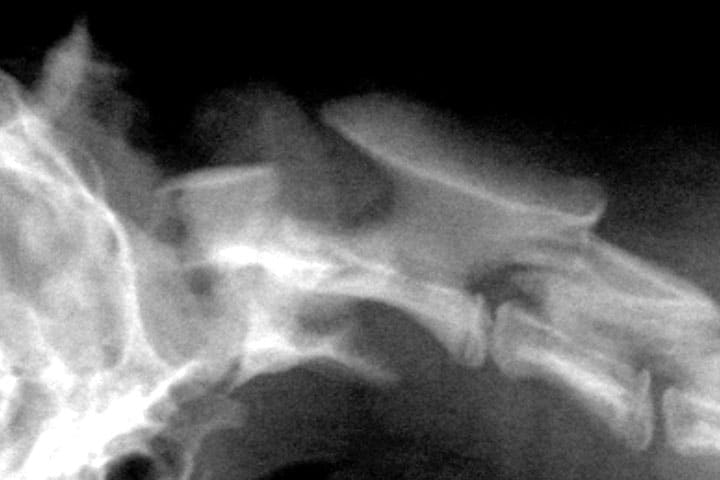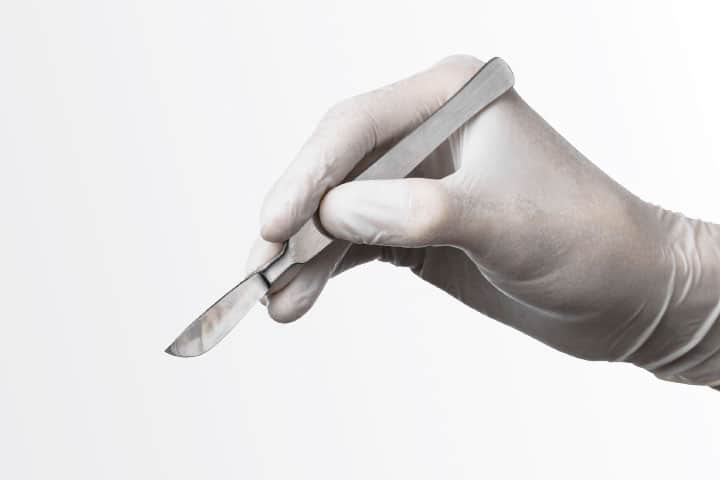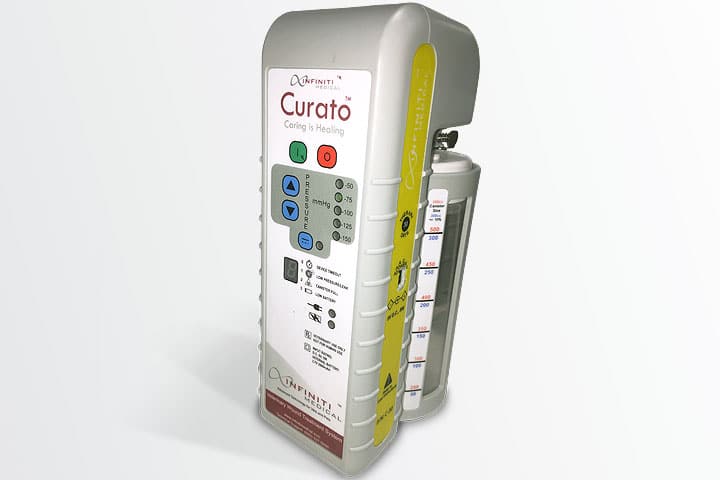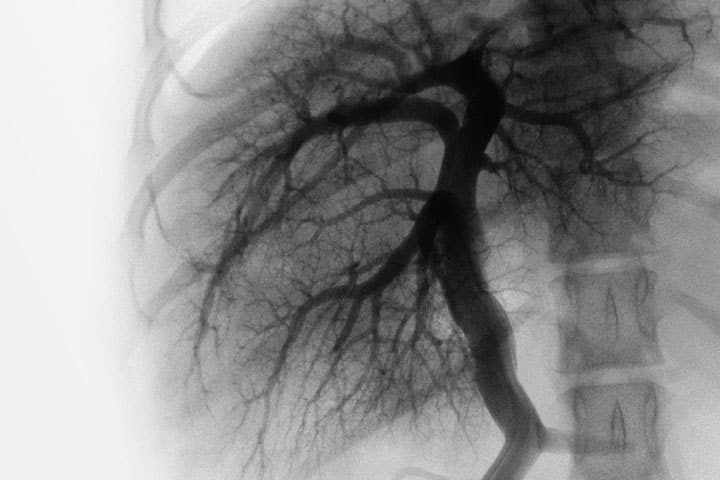Diagnosis and treatment of feline eosinophilic keratoconjunctivitis
“Feline eosinophilic keratoconjunctivitis is probably best described as a disease that cannot be cured, only controlled. This is helpful to bear in mind, particularly when counselling owners” In part one of this series on feline eosinophilic keratoconjunctivitis (FEK) – a chronic, progressive infiltrative disease of the cornea and conjunctiva in cats – we looked at…
Read MoreFeline eosinophilic keratoconjunctivitis: an interesting corneoconjunctival condition in cats
Feline eosinophilic keratoconjunctivitis is a chronic and progressive infiltrative disease of the cornea and conjunctiva and a crucial differential in cases of raised lesions on the cornea in cats Consider this clinical case: a four-year-old male neutered domestic shorthair cat presents to your clinic with a history of intermittent blepharospasm of the left eye. It…
Read MoreManagement of Feline Orofacial Pain Syndrome (FOPS) – with Interventional Pain techniques
Feline Orofacial Pain Syndrome (FOPS) is a condition associated with episodes of severe oral discomfort. Pain in FOPS often recurs and is poorly responsive to first-line treatments. Affected cats often display exaggerated licking and chewing movements, especially after eating or grooming. Pawing at the mouth is common, and more severe cases will present with tongue…
Read MoreCanine Atlantoaxial Instability
The craniocervical junction is probably the most complex anatomical structure within the spine. It allows a wide range of motion of the head while protecting the spinal cord from compressive injury. The atlantoaxial spinal motion unit is a common site of craniocervical instability. Failure of the atlantoaxial supporting structures can result in dramatic neurological deficits…
Read MoreFeline EPI; are we missing these cases?
Exocrine pancreatic insufficiency (EPI) is a well-recognised syndrome in dogs, with clearly defined breed predispositions (including German Shepherds, Cavalier King Charles Spaniels, Rough Collies, Chows) and clinical signs (diarrhoea in 95%, poor body condition in 87%, polyphagia in 52%,). EPI should often spring to mind when the patient has diarrhoea, poor body condition +/- accompanying…
Read MoreMaximising Success with Intestinal Suturing
Enterotomy and enterectomy are commonly performed procedures in practice due to the frequent occurrence of gastrointestinal foreign bodies. Although these are common procedures, good surgical technique is essential as the consequences of dehiscence are devastating with the development of septic peritonitis. The mortality rate associated with septic peritonitis can be as high as 50%. Dehiscence…
Read MoreVacuum Assisted Closure (VAC)
Vacuum assisted closure (VAC) or negative pressure wound therapy (NPWT) is a simple but effective method to promote rapid wound healing. It has been shown to be effective for management of large, complex, acute wounds as well as chronic wounds that have failed to heal by conventional methods. It is also commonly used to stabilise…
Read MoreHaemoabdomen in Dogs
The most common cause in dogs is acute non-traumatic haemoabdomen secondary to malignant neoplasia causing splenic rupture. Other causes include trauma, iatrogenic following surgery (e.g. ovariectomy) or diagnostics (e.g. FNA), coagulopathies or torsion of the liver or spleen. Abdominocentesis will reveal blood that does not clot. The PCV of the blood will be similar to…
Read MoreIntestinal Biopsies
Indications for biopsy Full thickness intestinal biopsies may be taken to investigate gastrointestinal signs. Dehiscence of the sutures can lead to the life-threatening complication of septic peritonitis and so these risks need to be relayed to the owners. Biopsy technique Full thickness biopsies are recommended. Biopsies are performed either using a skin biopsy punch (6…
Read MoreThe Diagnosis of Portosystemic Shunts
Hepatic vascular abnormalities can be divided into congenital and acquired portosystemic shunts (PSS), hepatic arteriovenous malformations (AVM) and microscopic hypoplasia of the portal system (portal vein hypoplasia; previously called microvascular dysplasia). Single congenital portosystemic shunts are the most common of these anomalies and generally consist of a single extra or intrahepatic vessel that communicates between…
Read More

